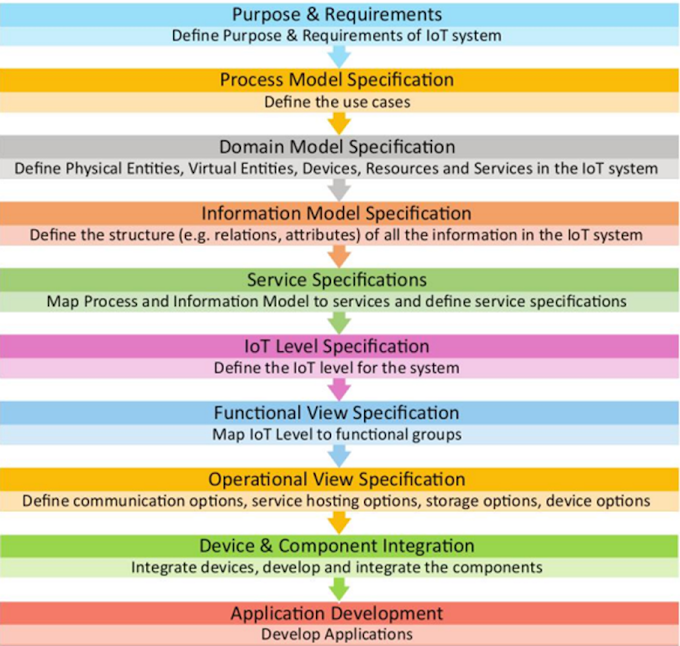DEPLOYMENT MODELS
Cloud deployment models define how
cloud infrastructure and services (IaaS, PaaS, SaaS) are structured, managed,
and accessed.
Main modelsàPublic Cloud, Private Cloud, Hybrid Cloud, Community
Cloud, and Multi-Cloud.
1. Public Cloud
- Definition: Shared cloud environment operated by a third-party
provider, accessible over the internet in a multi-tenant setup.
- Characteristics: Multi-tenancy, pay-as-you-go,
provider-managed, highly scalable, internet-accessible.
- Use Cases: Startups, web hosting, development/testing, big data
analytics.
- Benefits: Cost-effective, scalable, low maintenance, global
reach, rapid deployment.
- Drawbacks: Limited control, security concerns, compliance
challenges, vendor lock-in.
- Examples: AWS (EC2, S3), Microsoft Azure, Google Cloud
Platform, IBM Cloud.
2.
Private Cloud
- Definition: Dedicated cloud for a single organization, hosted
on-premises or by a provider, offering high control and customization.
- Characteristics:
Single-tenancy, customizable, high security, organization-managed.
- Use Cases:
Financial services, healthcare, government, large enterprises.
- Benefits: Enhanced security, compliance, customization, and better
performance.
- Drawbacks: High costs, complexity, limited scalability, and maintenance overhead.
- Examples: VMware vSphere, OpenStack, Microsoft Azure Stack, Red
Hat OpenShift.
3.
Hybrid Cloud
- Definition: Combines public and private clouds, enabling data
and workload mobility for flexibility and control.
- Characteristics: Interoperability, workload flexibility, data
portability, cost optimization.
- Use Cases:
Disaster recovery, burst computing, development/testing, regulatory
compliance.
- Benefits:
Flexible, cost-efficient, scalable, supports compliance and disaster
recovery.
- Drawbacks: Complex management, integration challenges, security
risks, and cost monitoring.
- Examples:
AWS Outposts, Google Anthos, Microsoft Azure Arc, VMware Cloud Foundation.
4.
Community Cloud
- Definition: Shared cloud for organizations with similar needs
(e.g., compliance, industry-specific), managed by members or a provider.
- Characteristics:
Shared infrastructure, cost-sharing, customized security, and collaboration.
- Use Cases: Healthcare, government, financial sector, research
institutions.
- Benefits:
Cost-effective, industry-compliant, collaborative, secure.
- Drawbacks:
Limited scope, governance challenges, complex setup, scalability
constraints.
- Examples:
AWS GovCloud, healthcare data exchanges, EU GDPR clouds, academic research
clouds.
5.
Multi-Cloud
- Definition: Strategy using multiple cloud providers to optimize
workloads, avoid lock-in, and enhance reliability.
- Characteristics: Multiple providers, workload optimization,
interoperability, and redundancy.
- Use Cases:
Cost optimization, redundancy, specialized services, global reach.
- Benefits: Avoids lock-in, optimized performance, high
availability, cost savings, access to innovation.
- Drawbacks: Complex management, interoperability issues, cost
monitoring, and security consistency.
- Examples:
AWS + Azure, GCP + AWS, IBM Cloud + Azure, tools like Terraform, Kubernetes.
Each model serves distinct needs,
balancing cost, control, scalability, and compliance based on organizational
requirements.
REFERENCES:- EBOOKS AND WEB RESOURCES
Comparison
of Deployment Models
|
Feature |
Public Cloud |
Private Cloud |
Hybrid Cloud |
Community Cloud |
Multi-Cloud |
|
Tenancy |
Multi-tenant |
Single-tenant |
Mixed |
Multi-tenant (community) |
Multi-tenant (varied) |
|
Control |
Low |
High |
Medium |
Medium |
Medium |
|
Cost |
Low (pay-as-you-go) |
High (upfront investment) |
Medium |
Medium (shared) |
Medium (varies) |
|
Scalability |
High |
Limited |
High (public side) |
Moderate |
High |
|
Security |
Moderate |
High |
High (private side) |
High (community-specific) |
Varies |
|
Use Case |
General-purpose workloads |
Sensitive data, compliance |
Mixed workloads |
Industry-specific needs |
Optimized, diverse workloads |
|
Examples |
AWS, Azure, GCP |
VMware, OpenStack |
AWS Outposts, Azure Arc |
GovCloud, Healthcare Clouds |
AWS + GCP, Azure + IBM |




0 Comments